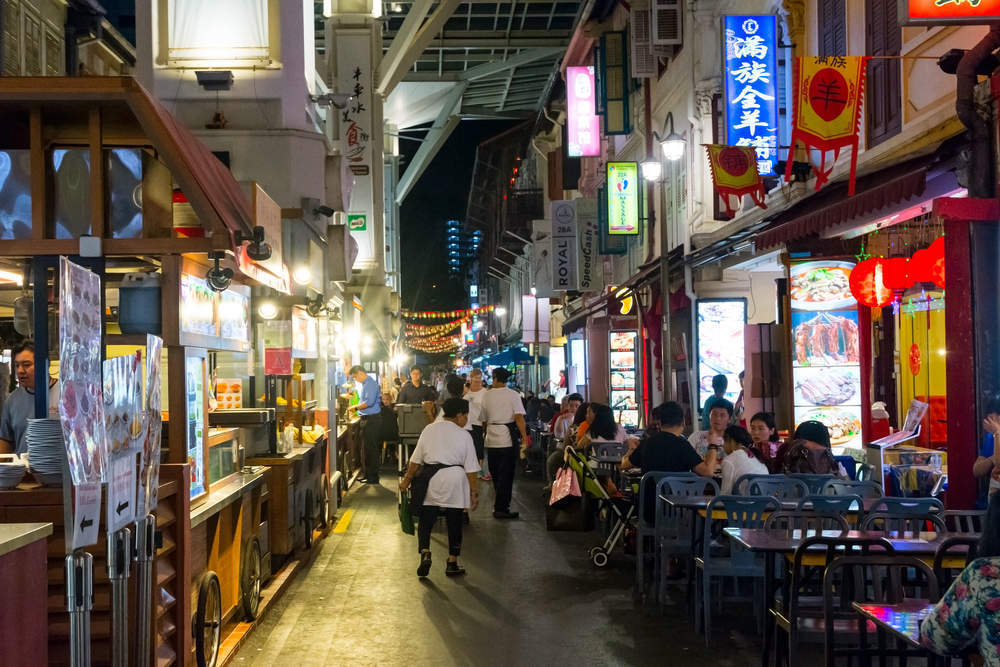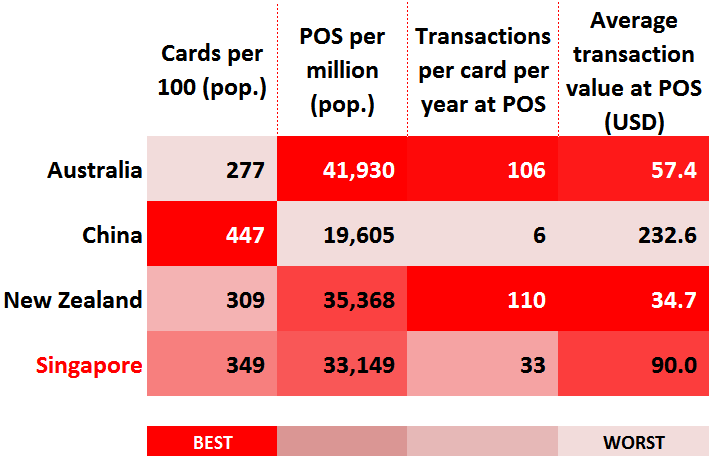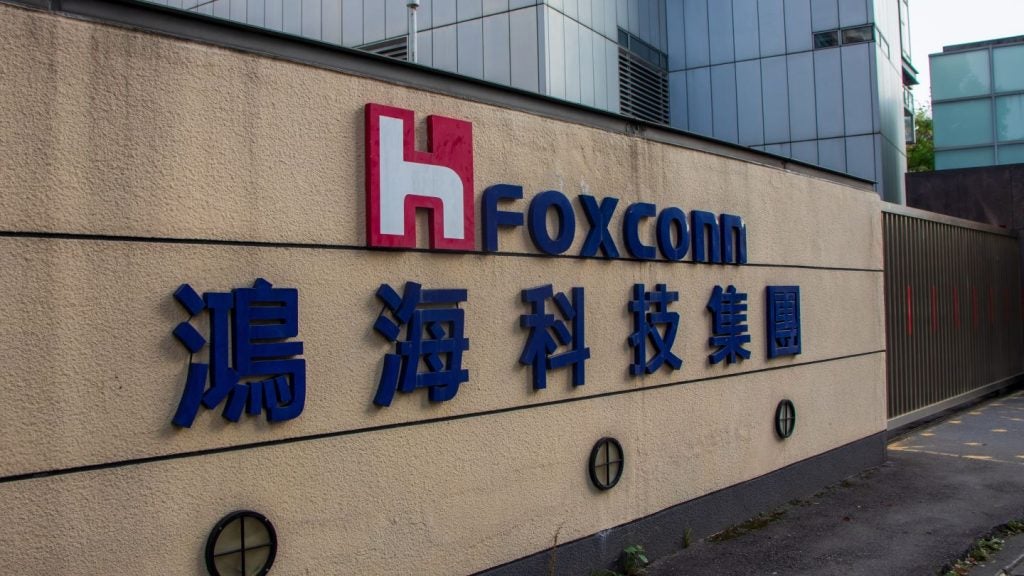One of the most advanced payments markets globally — with 84 percent of adults holding both a debit and a credit card — Singpore remains a payments anomaly.
The market boasts a strong payment infrastructure, yet card usage lags way behind other developed markets in the region.
At 349 payment cards per 100 inhabitants, consumers in Singapore hold significantly more payment cards in their wallets compared to their peers in Australia and New Zealand.
All three markets have a high level of point of sale penetration, but in Singapore payment cards are used just a third as much as consumers in Australia and New Zealand.
Merchant attitudes towards payments cards are different and consumers tend to use their card for relatively high-ticket items, rather than low-value transactions like their peers in New Zealand and Australia.
How well do you really know your competitors?
Access the most comprehensive Company Profiles on the market, powered by GlobalData. Save hours of research. Gain competitive edge.

Thank you!
Your download email will arrive shortly
Not ready to buy yet? Download a free sample
We are confident about the unique quality of our Company Profiles. However, we want you to make the most beneficial decision for your business, so we offer a free sample that you can download by submitting the below form
By GlobalDataIf Singapore is going for a cashless society, it needs to bring low value card payments into consumers’ consciousness and incentivise merchants to accept them.
There are still pockets in Singapore’s retail market where cash is the preferred payment tool, and where payment cards are not accepted. According to data from Statistics Singapore there are currently over 14,000 licensed hawkers in the country.
This specific retail segment also represents the largest cash-based merchant segment in the market.
If these merchants start accepting payment cards, the country would have a much better chance of progressing towards a cashless economy – or at the very least, significantly boosting payment card usage.








